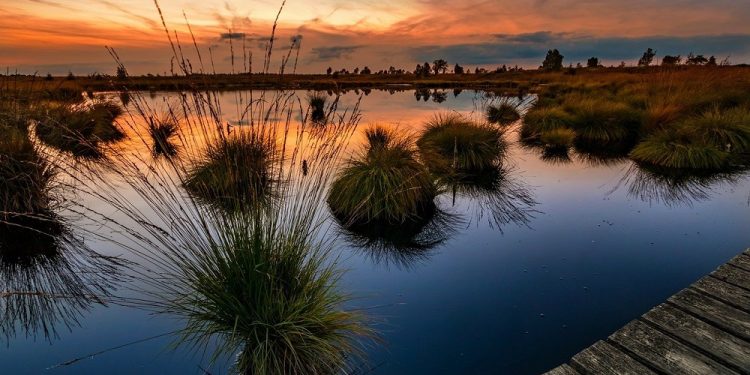
World Wetlands Day
World Wetlands Day is a holiday that celebrates the signing of the Convention on Wetlands of International Importance in Ramsar, Iran, in February 1971. This holiday has been observed ever since—falling on February 2nd. It’s a day that every citizen of the world should consider observing because of the importance of wetlands and freshwater not only to the environment but also to human life. If humans don’t prioritize the protection of wetlands around the world, it can have disastrous effects on the global ecosystem.
The History of World Wetlands Day
World Wetlands Day is designed to raise global awareness about the important role that wetlands play for the environment and all humankind. It commemorates the signing and adoption of the Convention on Wetlands on February 2, 1971. This agreement was signed in Ramsar, an Iranian city that sits on the shore of the Caspian Sea. The Ramsar Convention officially went into effect in December 1975. Currently, this plan protects more than 2,000 wetlands. This total number of wetlands spans approximately 450,000 acres.
Interesting Facts About Wetlands
During our research, we’ve come across some interesting facts about wetlands, facts that we think everyone reading should consider taking a good look at.
- The largest protected wetland in the world is Llanos de Moxos, covering more than 17 million acres.
- Almost 20,000 different plant and animal species depend on wetlands across the globe.
- Wetlands naturally filter out pollutants from water, such as fertilizer runoff or heavy metals.
- Wetlands can be used as low-cost natural water filters by treatment plants.
- Wetlands can store up to 50 times more carbon than rainforests can.
- Africa’s wetlands cover more than 131 million hectares of land.
- Africa’s wetlands include rice groves, river basins, peatlands, and flooded forests.
- Wetlands help to prevent flooding.
- The largest wetlands in the world are the Pantanal Wetlands.
- The Pantanal Wetlands cover between 54,000 and 75,000 square miles.
- The only continent without wetlands is Antarctica.
- Wetlands can be subdivided into different types, such as swamps, lagoons, mangroves, and floodplains.
- Over 50% of the world’s wetlands exist within peatlands.
- Wetlands can be used to combat global warming.
- Wetlands are always under the threat of extinction.
Observing World Wetlands Day
There are a variety of ways that this holiday can be observed by anyone wanting to observe it. One way people can observe this holiday is by using the hashtag #WorldWetlandsDay on their social media accounts. Other ways to observe this holiday include:
- Organizing a wetland fundraising event.
- Organizing a community walk or run.
- Organizing a community bike ride to raise money.
- Organizing a party to clean up wetlands near your home.
- Writing a blog or school paper on wetland management.
- Educating schoolchildren about the importance of wetlands to the world.








